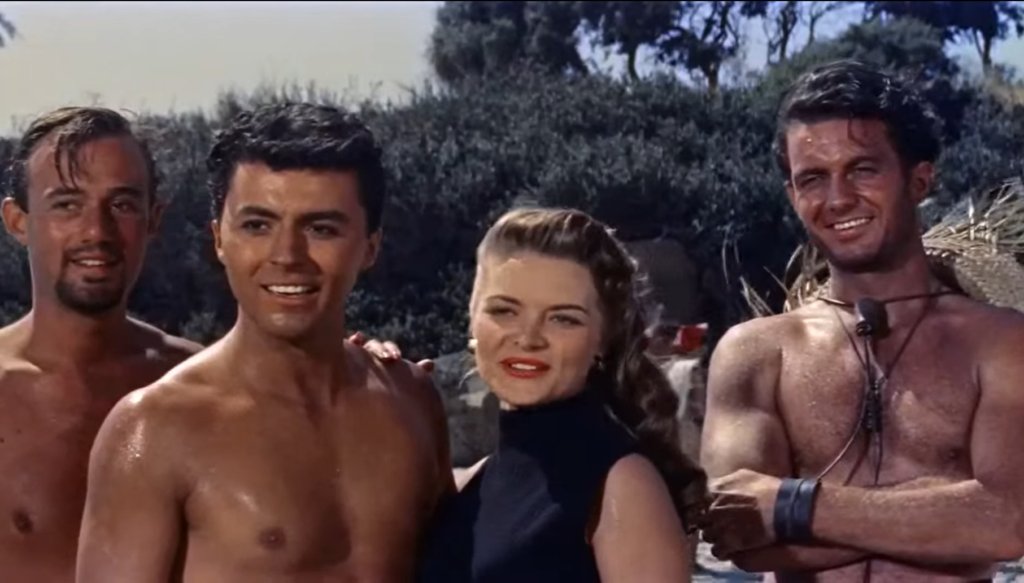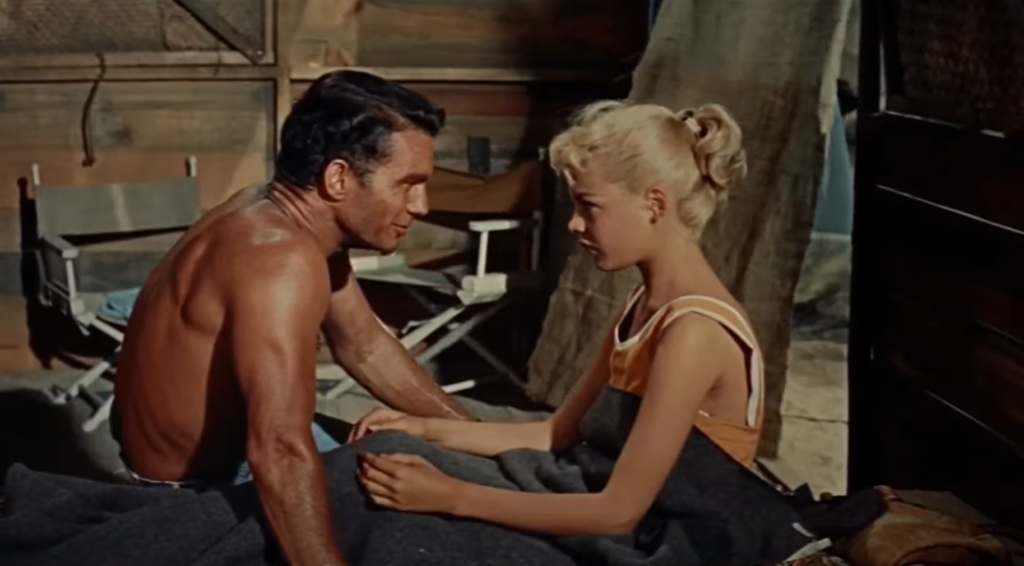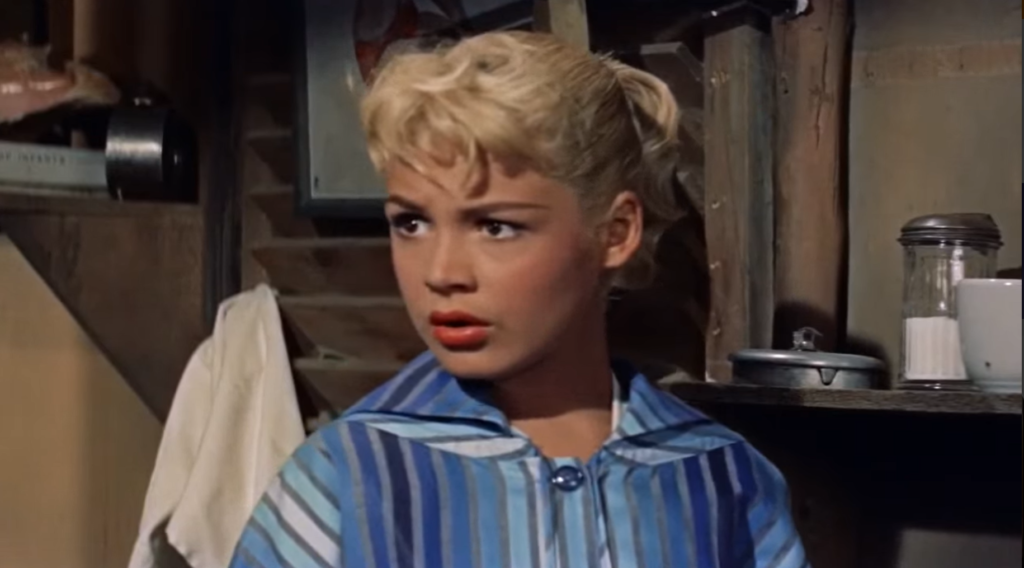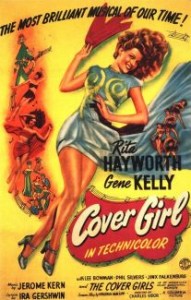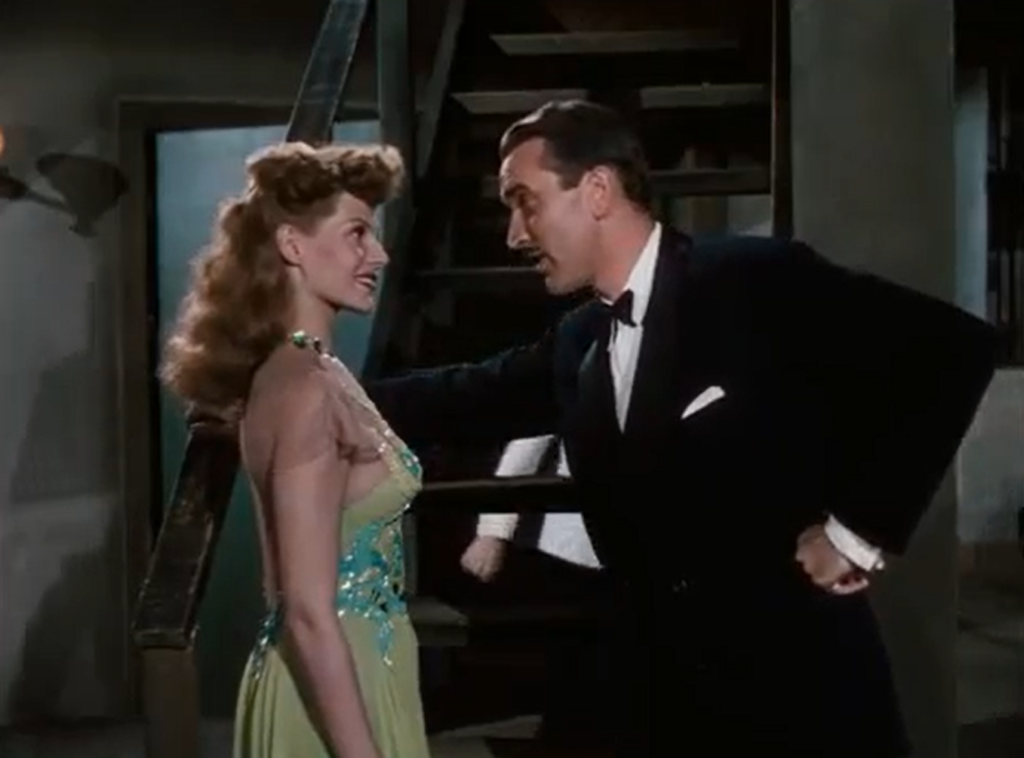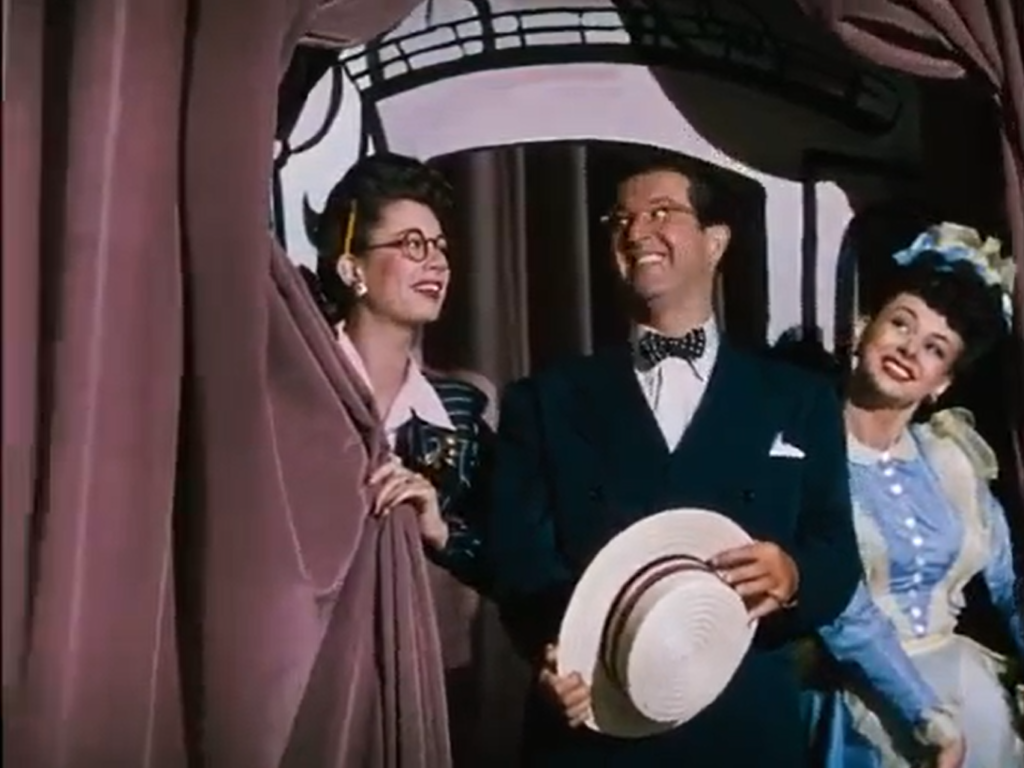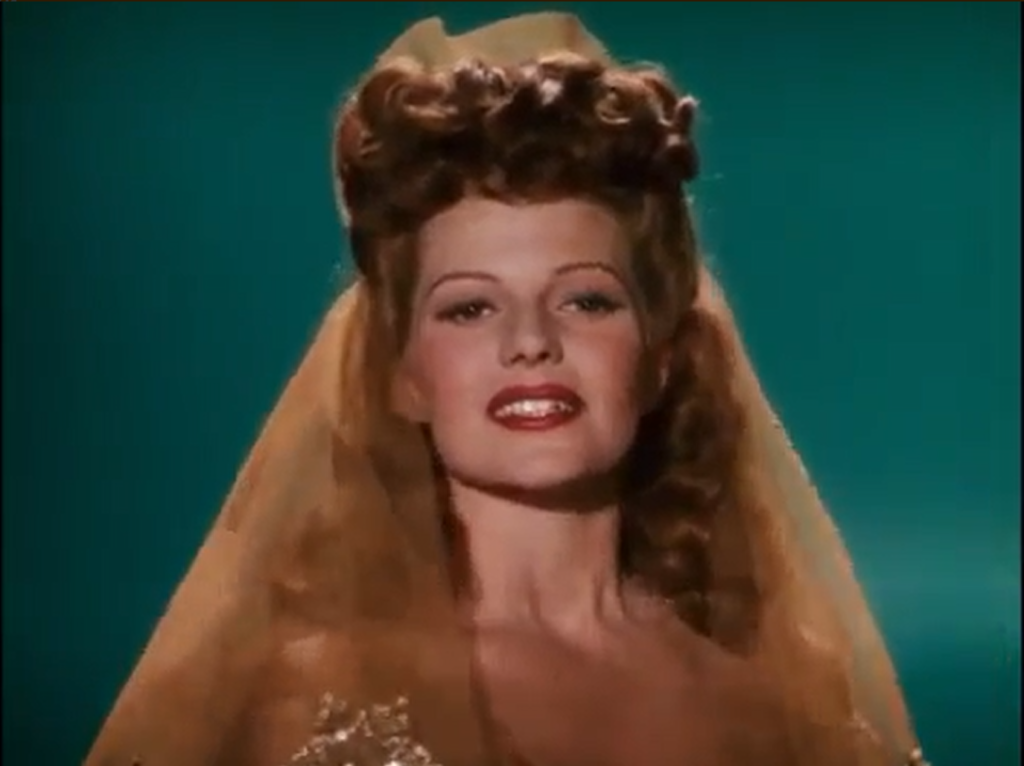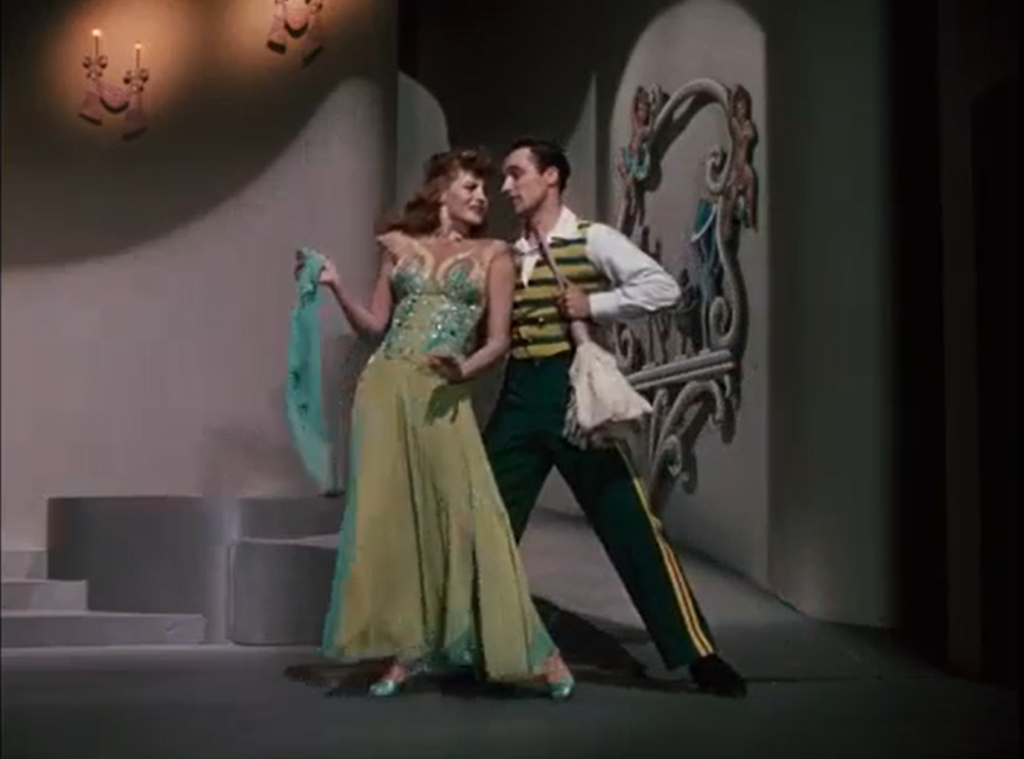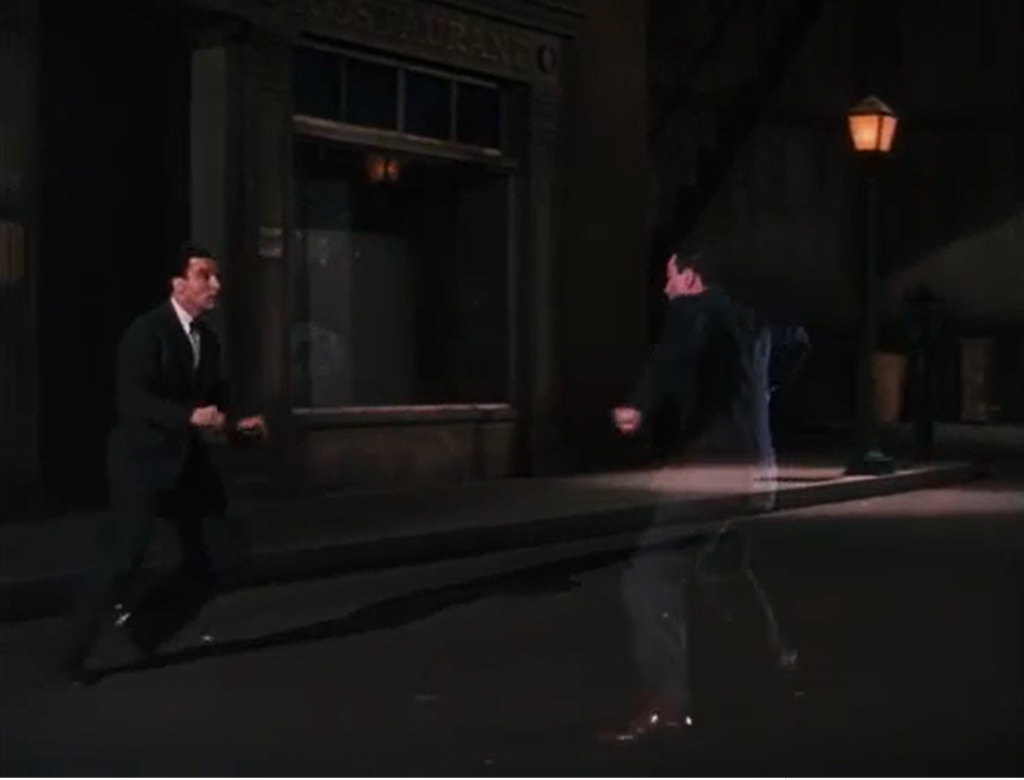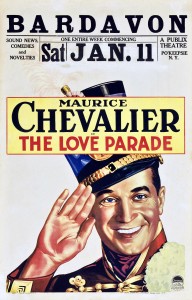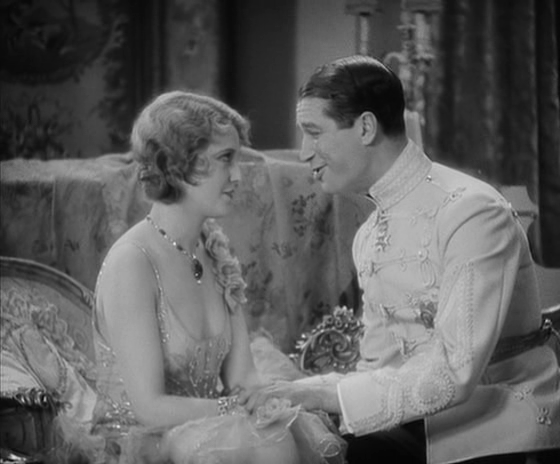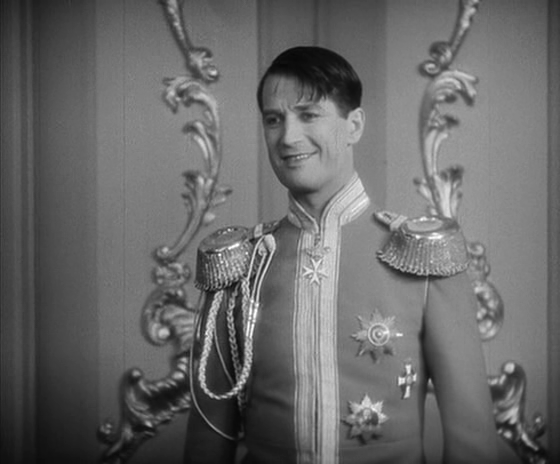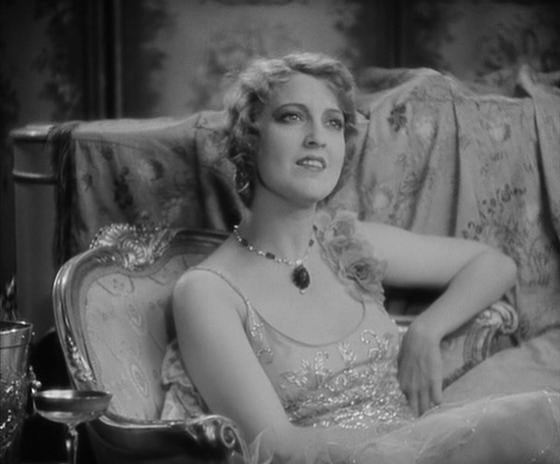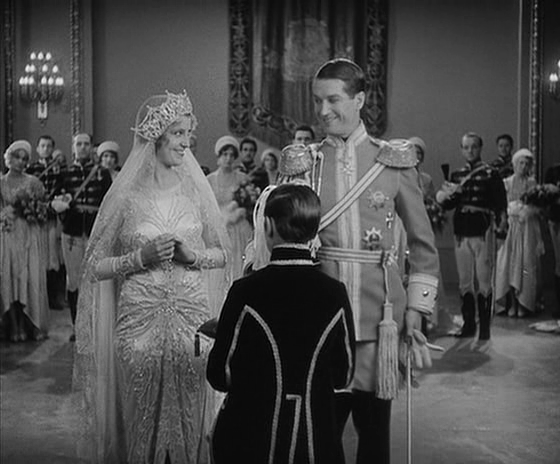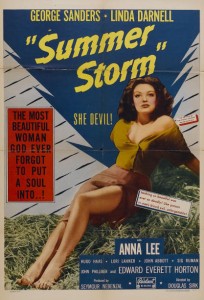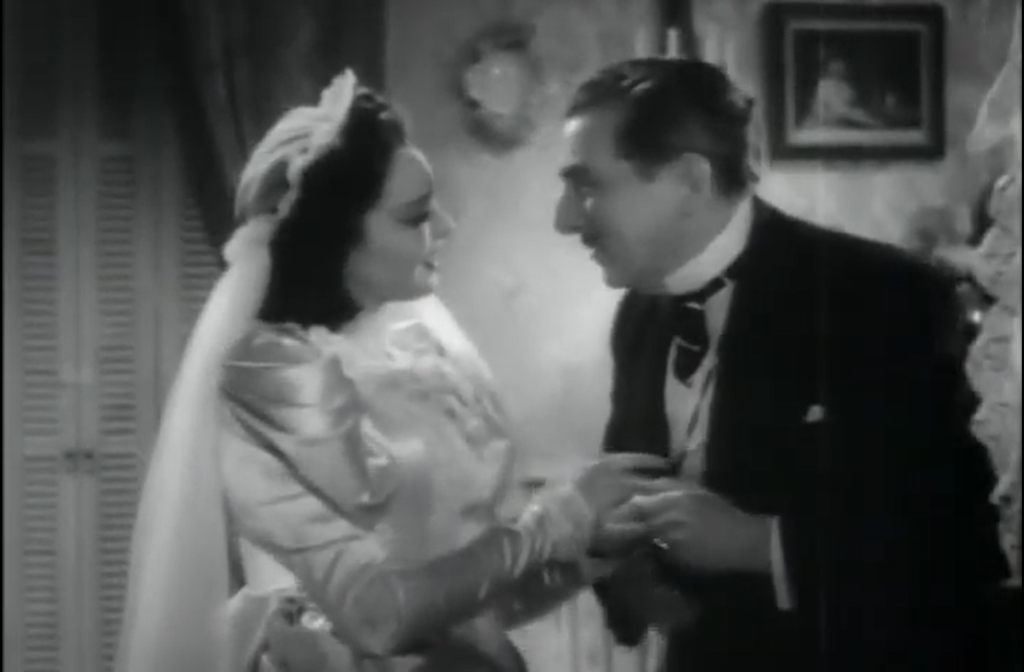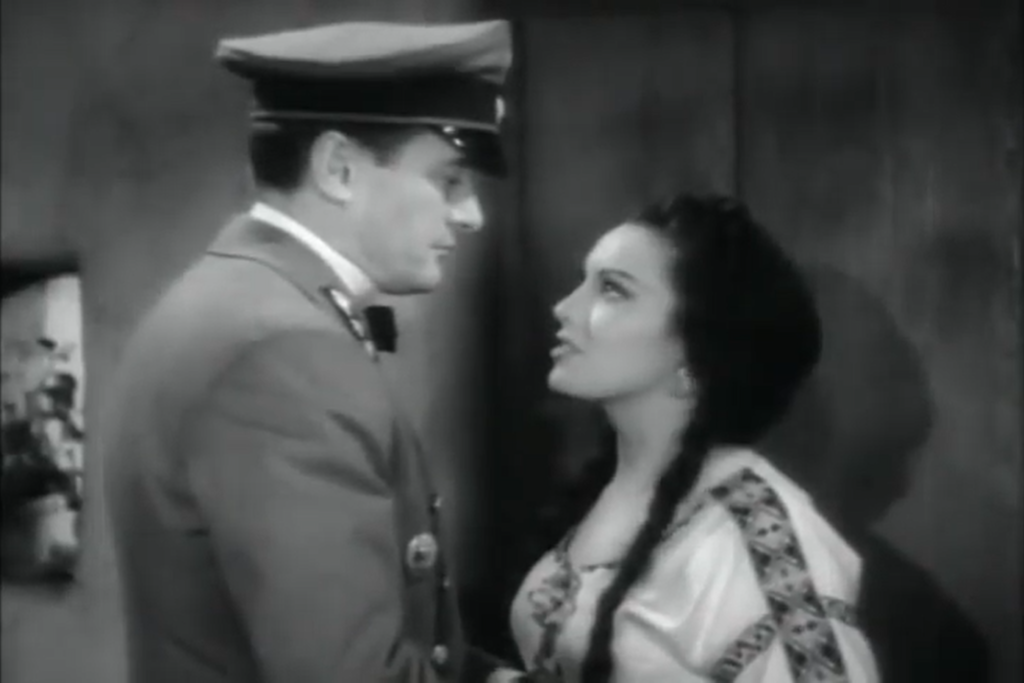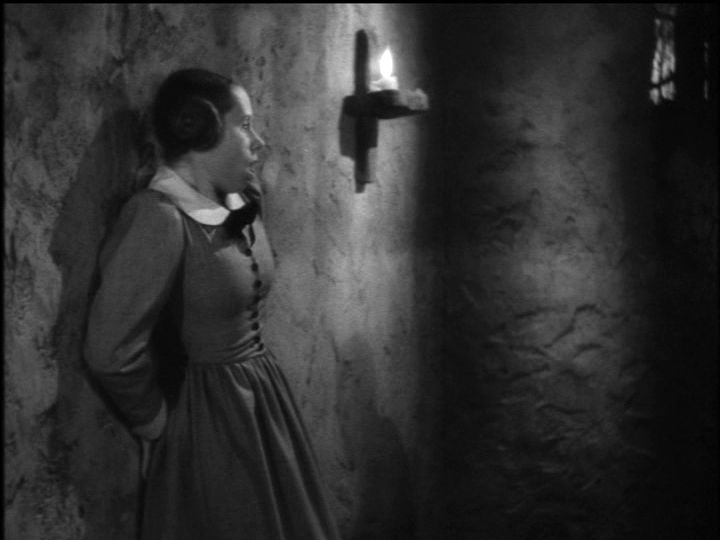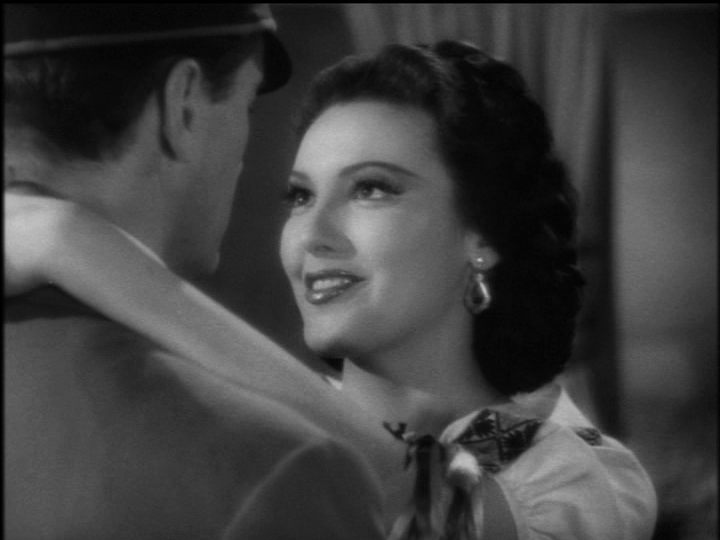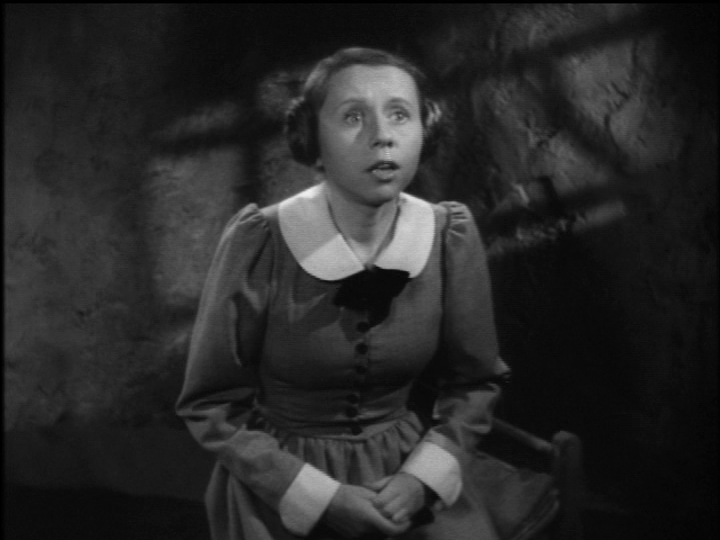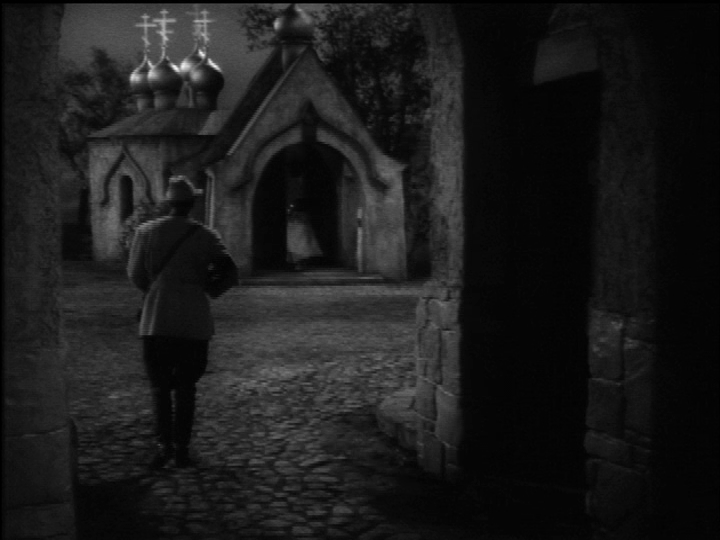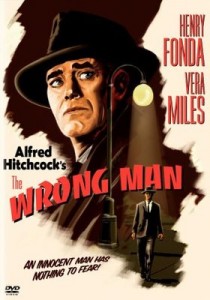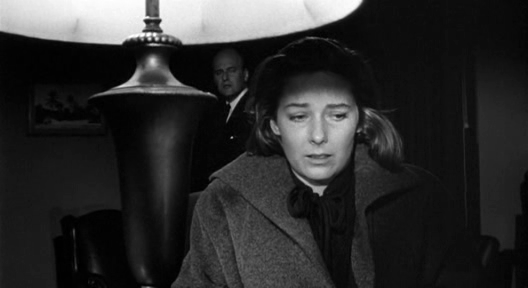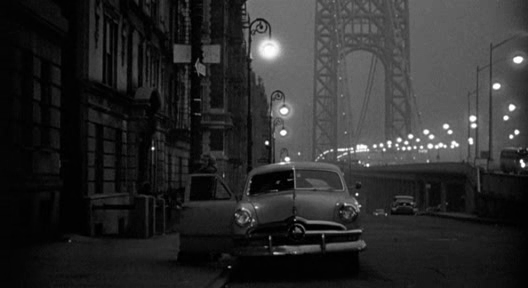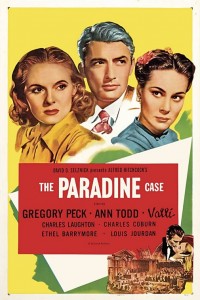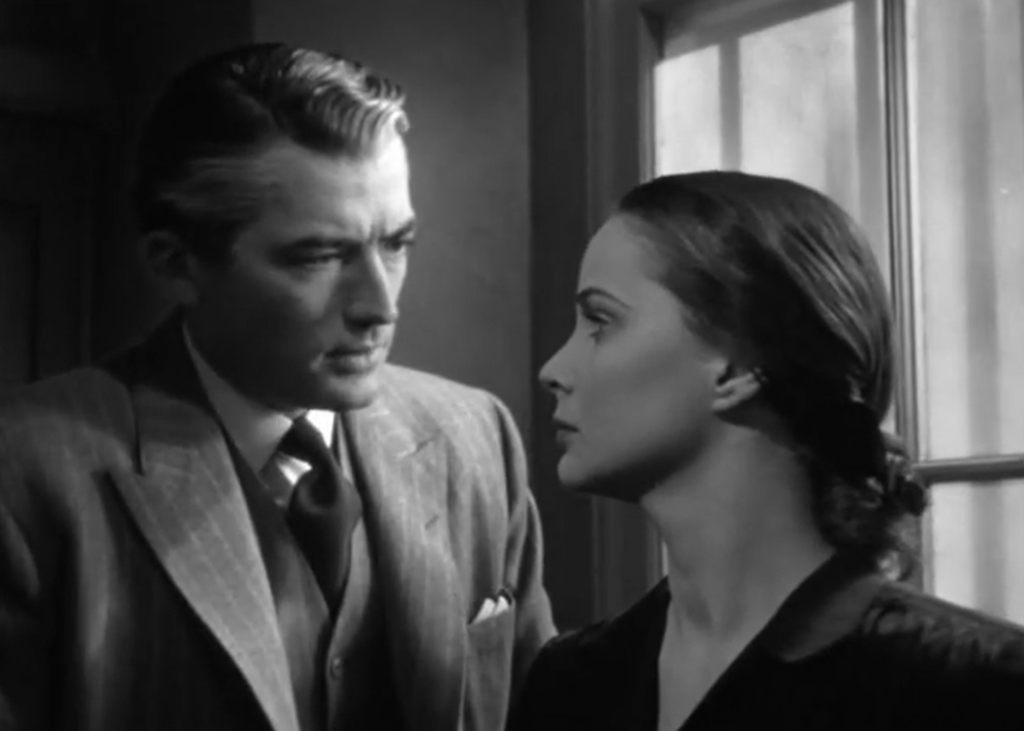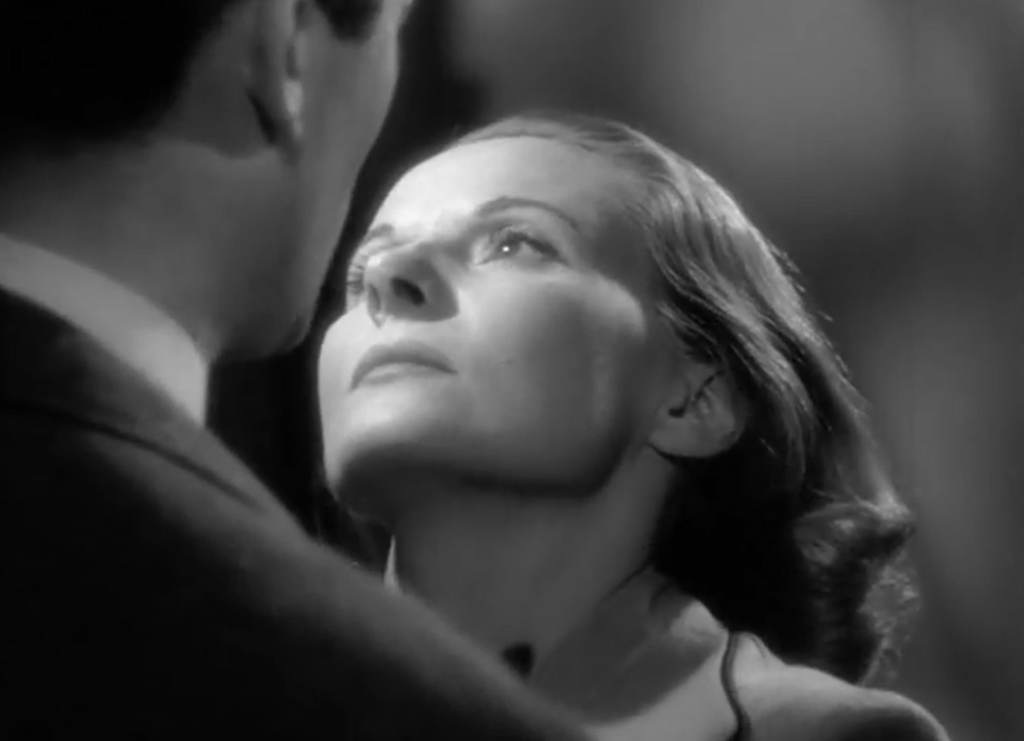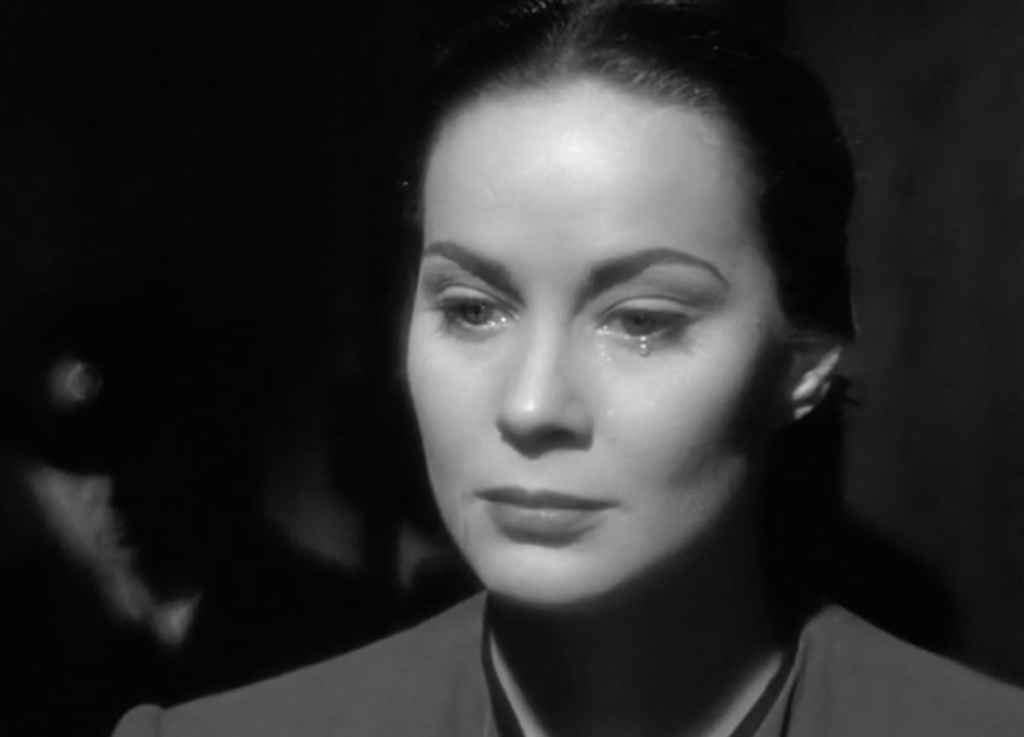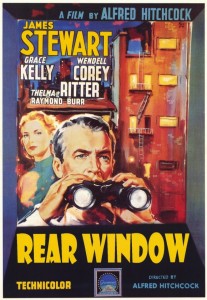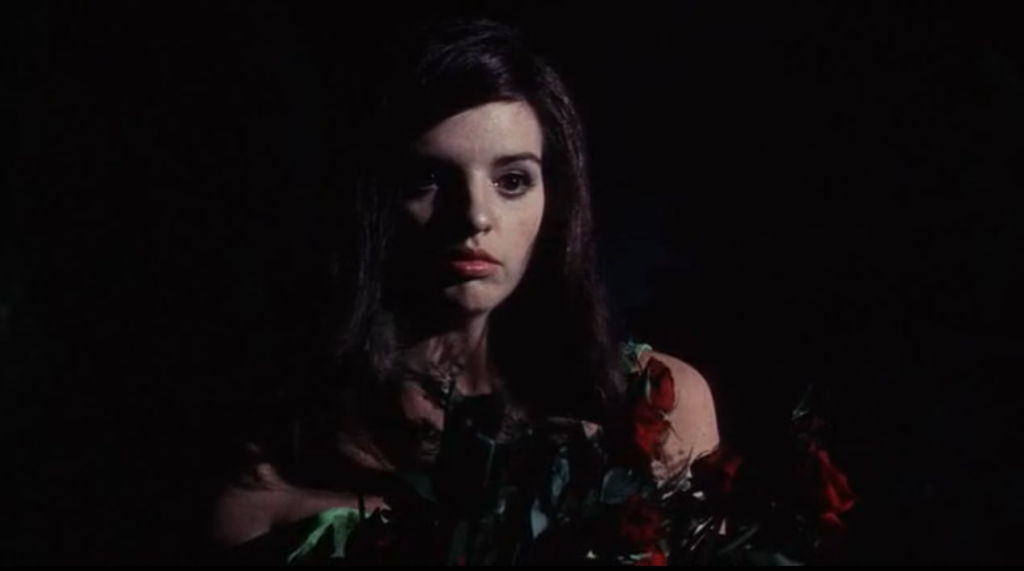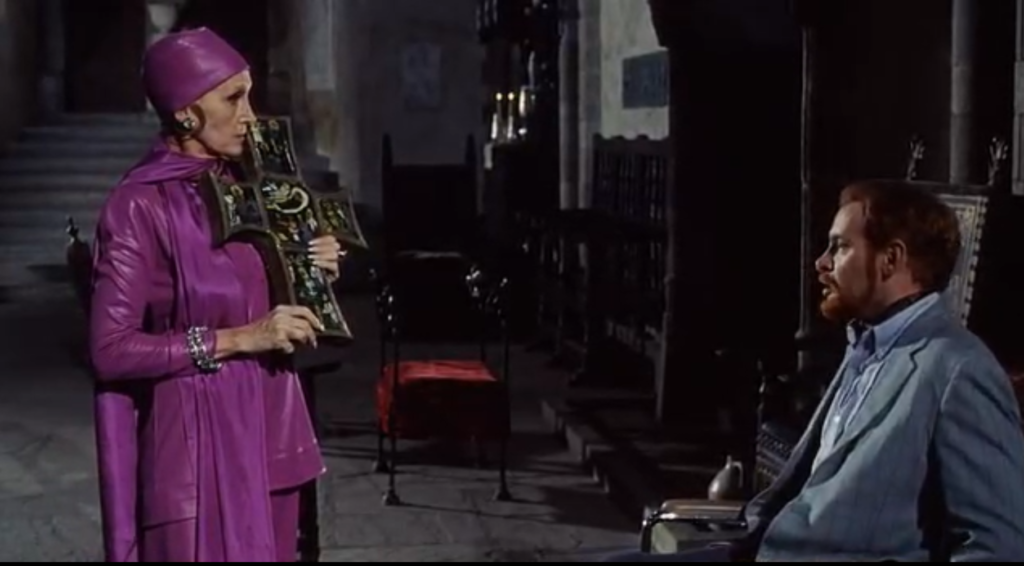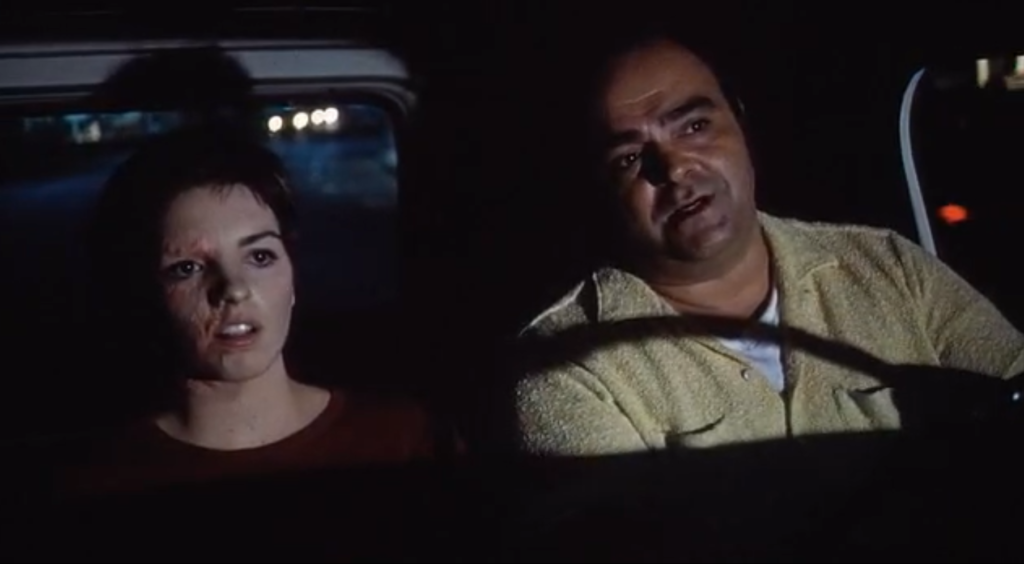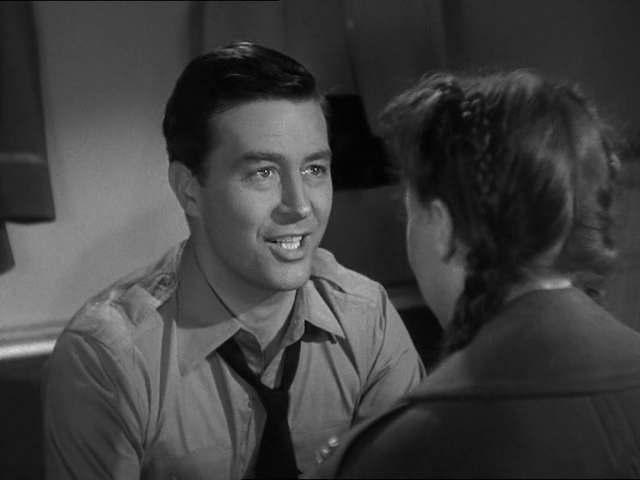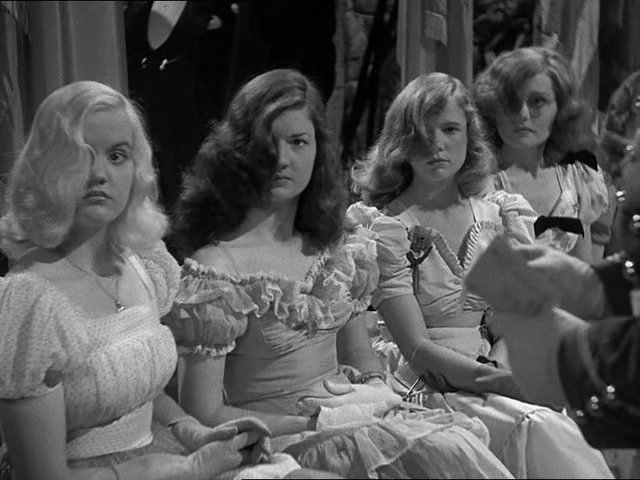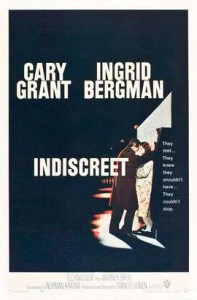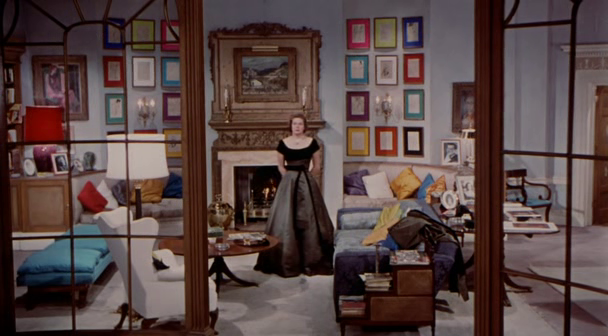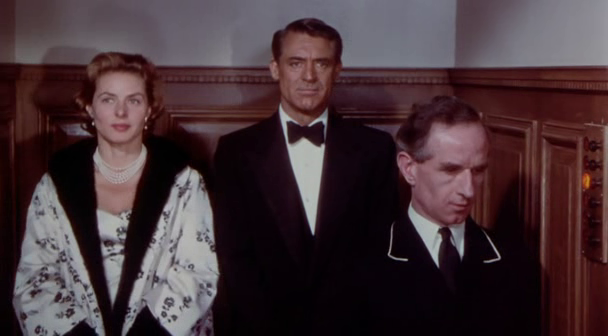|
Genres, Themes, Actors, and Directors:
- Amateur Sleuths
- Grace Kelly Films
- Hitchcock Films
- Jimmy Stewart Films
- Murder Mystery
- Peeping Toms
- Raymond Burr Films
- Thelma Ritter Films
- Wendell Corey Films
Response to Peary’s Review:
Peary rightfully refers to this Alfred Hitchcock thriller — adapted from a short story by Cornell Woolrich — as an “undisputed masterpiece”, and spends the bulk of his review analyzing the film’s multiple enticing themes. He asserts, however, that while “much has been written about this film being about how we are all Peeping Toms… too much is made of [this] theme; that we are all snoopers is a given.” Instead, he argues that “what [Hitchcock is] most interested in is what we discover when we study people”, beginning with the fact that “people are into such dull, regimented lives that when they do anything that varies from their routines (as Burr does), neighbors will become suspicious and may suspect them of doing something terrible.” Indeed, part of what makes the film so consistently engaging on a narrative level is that we’re never quite sure whether Stewart is right in his suspicions, or simply suffering from an overly active imagination; the various “clues” we’re given throughout the storyline (such as the fact that “Burr’s wife’s handbag is still in the Burr apartment”) remain circumstantial evidence at best.
As Peary notes, a “related and equally important theme (central to most Hitchcock films) is that even the most [seemingly] predictable people are capable of doing wildly unpredictable things” — demonstrated by the fact that “Kelly, who’s the type to fret over a broken fingernail, can be gallant enough to climb up a railing into a murderer’s apartment”. Speaking of Kelly, she’s not only as gorgeous as ever here (wearing “Edith Head’s lavish, sexy costumes”), but, as noted by Vincent Canby in his NY Times review of the film for its 1983 re-release, gives “probably her most successful performance, one in which the facts of her public personality and the fiction of the film become marvelously mixed”. We are actually able to have some fun with her notorious ice-princess persona, since it’s called out time and again by Stewart.
Ultimately, Kelly’s impossible beauty and charm (could she BE any more perfect?) simply serve to heighten the fact that Stewart is scared to death of marital commitment (as wryly evidenced by his silently judgmental observations of various married couples in apartments across the way). As noted by Gary Mairs in his review of the film for Culture Vulture, “he fears domestication… and the stories he watches in his neighbors’ windows come to resemble projections of all his worst connubial fantasies”. To that end, Mairs picks up on the Peeping Tom theme once again by arguing that Stewart’s “desire to watch overwhelms his desire for [Kelly], and he only really becomes aroused when she joins him in peeping.” Speaking of such matters, Hitchcock and screenwriter John Michael Hayes get away with an astonishing amount of sexual subtext for the times — most notably in Kelly’s brazen assertion that she’ll be spending the night in Stewart’s apartment, followed by pulling out and donning a sexy negligee; as Jonathan Rosenbaum points out in his analysis of the film, “one suspects the censors were placated only because Jeff’s plaster cast made sex between him and Lisa seem unlikely.”
Any discussion of Rear Window‘s multiple merits as a cinematic masterpiece would be incomplete without mentioning its sheer technical bravado. Hitchcock was clearly at the top of his game when planning and executing his vision for the film, given his consistently innovative approach to the material. Collaborating with DP Robert Burks — and given a truly impressive set to work with (possessing no less than 31 apartments!) — Hitchcock tells nearly the entire story from a camera “situated in the living room of [Stewart]… so we sense how trapped he feels while stuck in his apartment”. Until Stewart pulls out his camera’s zoom lens as makeshift binoculars, we’re restricted to the same limited view of his neighbors’ existence as he is; we’re never privy to anything more than what Stewart himself can see — which is what makes the finale so terrifying (though I won’t say more about that here, at risk of revealing spoilers).
Redeeming Qualities and Moments:
- Jimmy Stewart as Jeff
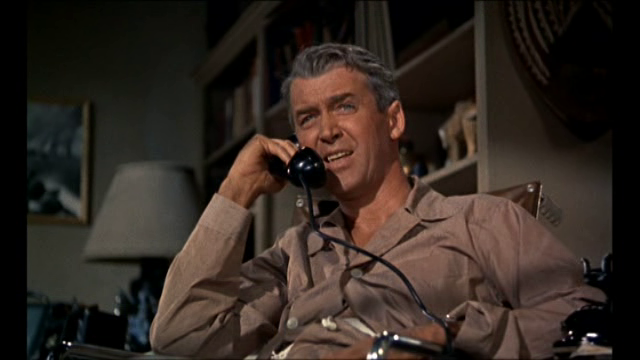
- Grace Kelly as Lisa (nominated by Peary as one of the Best Actresses of the Year in his Alternate Oscars)
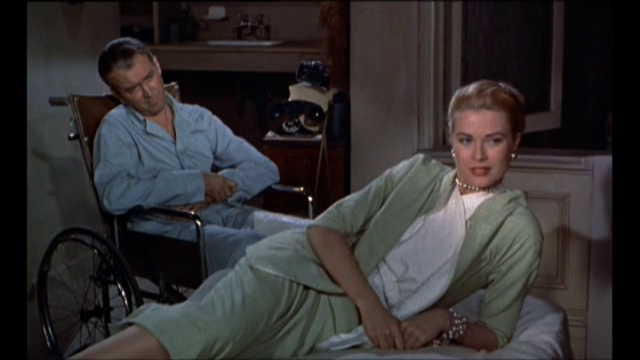
- Thelma Ritter as Stella

- Robert Burks’ cinematography

- The truly impressive set

- Edith Head’s outfits

- Masterful direction
Must See?
Of course; this one merits multiple enjoyable viewings.
Categories
- Genuine Classic
- Important Director
(Listed in 1001 Movies You Must See Before You Die)
Links:
|



